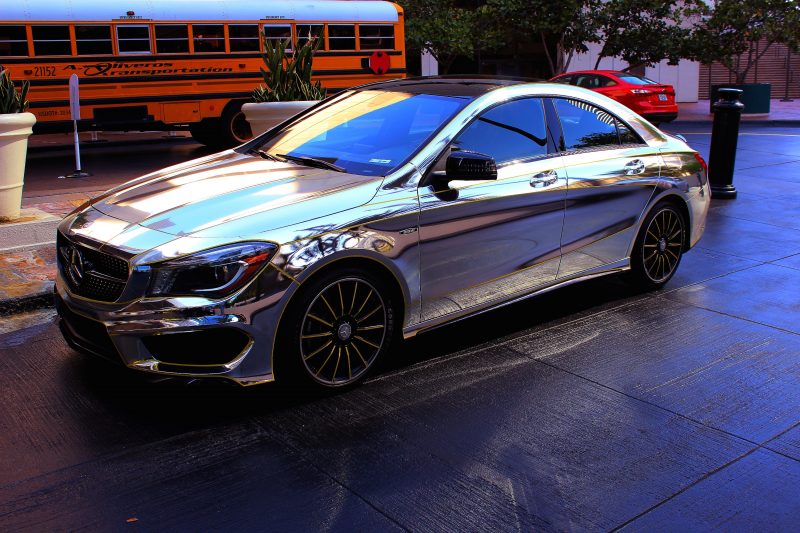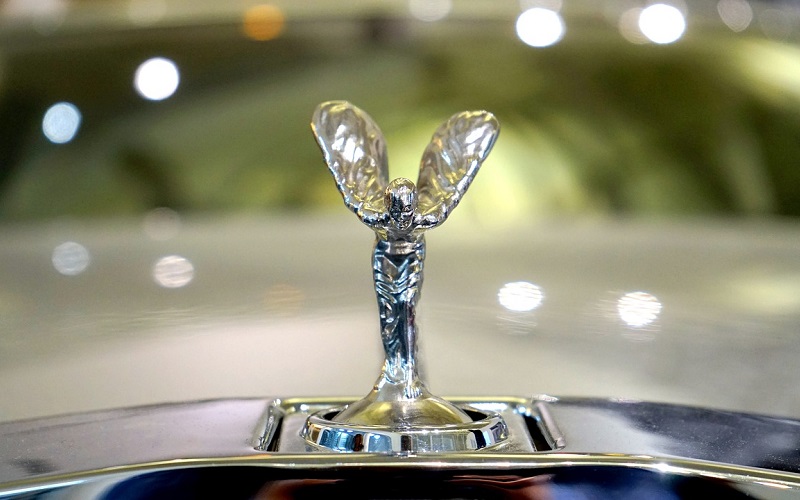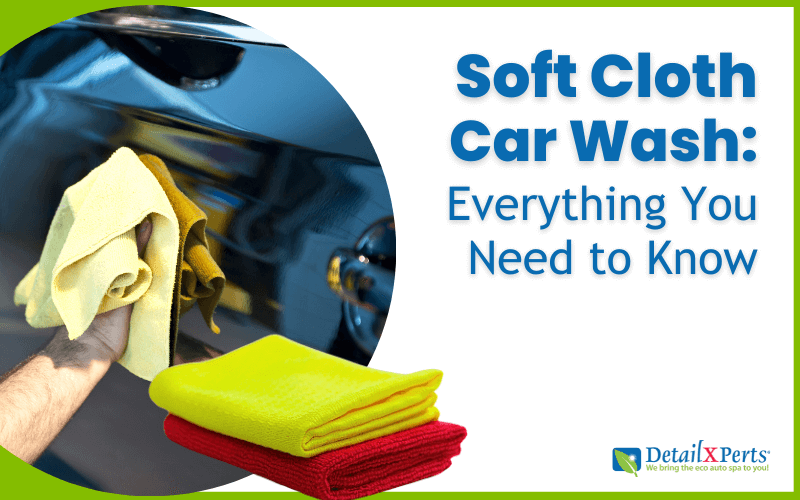To anybody who’s new in detailing, the terms polisher and buffer might be confusing. This springs from the fact that polishing and buffing are both methods of improving a car’s surface. So what’s the difference between buffer and polisher? Read on.
Difference Between Buffer and Polisher: What Works?
Polishing involves the use of products containing abrasives to even out imperfections. The abrasive process restores the paint and brings out the luster.
Buffering, on the other hand, also modifies and improves car paint or the clear coat. Using a buffer often requires the use of a waxing compound to smooth the target surface.
In essence, both methods require altering and cleaning a very thin layer of paint or a metallic surface. The purpose is to remove imperfections, superficial damage or small scratches. With both processes capable of achieving the same results, the difference between buffer and polisher seems as thin as a layer of paint.
For polishing or buffing, there are two common equipment used by professional detailers. One is the Dual Action Polisher/Buffer and the other is the Rotary Polisher/Buffer.
The Dual Action Polisher or Buffer
This equipment is ideal for buffing out or removing light scratches on the clear coat. It’s called dual action because the brushes or pads spin in two different ways. The first spinning motion moves the brush or pad in a circular action on a spindle, which, in turn, spins in a wider circulating motion. The most popular comparison would be the motion of the planets. Earth spins around its own axis the same way as the brush or pad spins on the equipment’s spindle. While spinning like this, Earth also moves in a wide circular orbit around the Sun (like a 2nd spindle). Likewise, the spinning brush or pad orbits in another circular motion. This is the reason why this equipment is also called an orbital polisher or buffer.
The rotating and orbiting of the pad produces what many refer to as a “jiggling” or “wobbling” motion. The uneven movement prevents the brushes or pads from staying on a single point for an extended time. This lessens the friction and heat buildup. If left uncontrolled, this will lead to paint burning or removal of paint below the clear coat surface. The friction or heat from the “jiggling” and “wobbling” motion is just enough to remedy light to moderate paint blemishes, scratches or imperfections.
Choose a Dual Action Polisher or Buffer for:
- Removing swirls and light paint scratches
- Maintenance of existing paint or clear coat
- Polishing or buffing soft metals and chrome which can easily be scratched
- Improving the texture and luster of automotive paint
The same safety feature which reduces the possibility of damage from a dual action polisher also prevents it from removing very deep scratches. While a dual action polisher improves the appearance of scratches and removes most swirls, it does not produce enough heat to cut deep into the paint.
The Rotary Polisher of Buffer
Simply put, this is a more powerful detailing tool. It is ideal for removing deep paint scratches, swirls, and oxidation. This is possible because of the high heat produced by the spinning pad. The rotary polisher or buffer must be kept in constant circular motion. Therefore, it is also called a Circular polisher or buffer. It is best to use overlapping movements from left to right, then varying up and down motions. This is to prevent the spinning pad from staying too long in contact with any particular surface. Otherwise, prolonged contact will create excessive friction and heat which will burn through the car paint. A few seconds of inattentiveness is all it takes to damage the entire coating. This capability is what makes it effective in removing very deep scratches. Again, it is important to note that in the wrong hands this equipment will do more damage than good.
Choose a Rotary Polisher or Buffer for:
- Removing very deep scratches or paintwork blemishes (only if you are an experienced detailer)
- Removing tough stains or discolorations
A dual action polisher or buffer will ONLY improve the appearance of scratches and remove most swirls. On the other hand, the rotary polisher or buffer generates more friction and heat to remove very deep scratches. It should only be handled by professional detailers to ensure best results. To emphasize, unlike dual action polishers, these are NOT for beginners and improper use will lead to paint damage.
This should help clear up the difference between buffer and polisher equipment. Paint scratches, especially those that extend below the clear coat, should be repaired by a professional. DIY attempts to remove deep paint scratches could result in aggravating the damage or worse damaging the clear coat. For best results, schedule an appointment with DetailXPerts.
Enjoyed this post? Sign up for our newsletter to receive more valuable tips, ideas, coupons, and extras!





